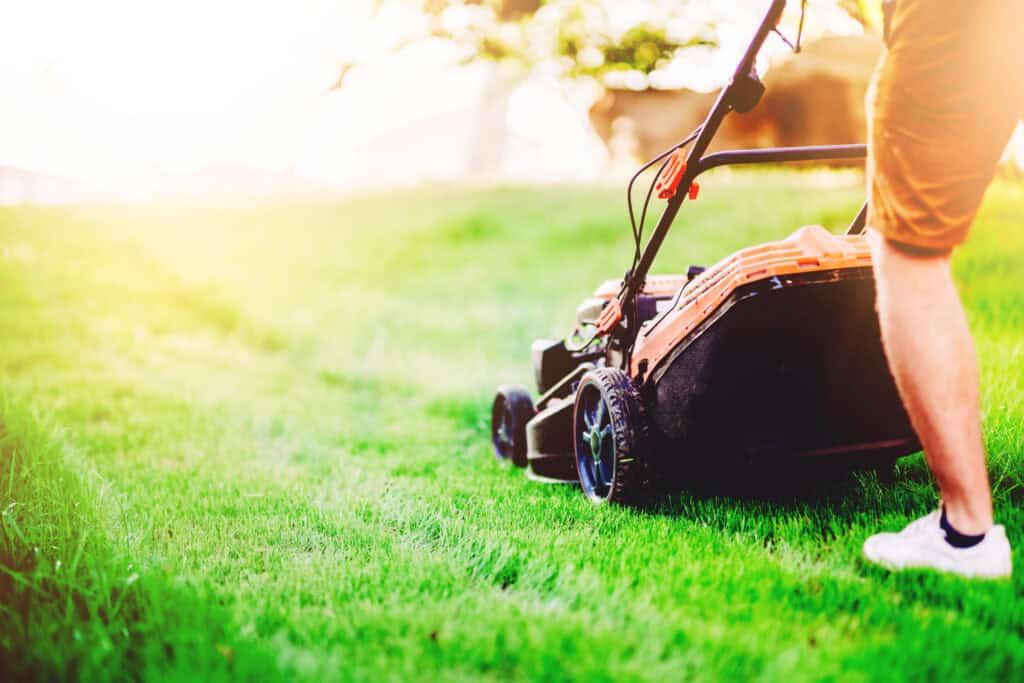Spring Lawn Care Tips: A Healthy Start to the Season
By Kelly Smith | April 16, 2025

The grass is finally perking up here in Northeast Wisconsin, and so are the weeds. With warmer temperatures settling in, you’ve probably noticed some familiar lawn nuisances making an early appearance—bright yellow dandelions and crabgrass being two of the most common.
But here’s the good news: April and May are the perfect months to take action and set your lawn up for success all season long. Whether you’re battling weeds or planting new seed, here’s everything you need to know right now.
Tackle Dandelions Head-On
Dandelions may be a childhood favorite for making wishes, but they’re not exactly welcome guests in a well-manicured lawn. While there are lawn fertilizers that contain built-in broadleaf weed killers, the most effective way to control dandelions is with a liquid application of broadleaf herbicide. This method ensures better coverage, allowing the active ingredient to soak in and do its job more thoroughly.
Prevent Crabgrass Before It Starts
Crabgrass may not be visible yet, but it’s lurking—and once it sprouts, it spreads fast.
The best time to apply a pre-emergent herbicide is in early May, just as soil temperatures hit the right mark for germination. Our lawn care experts recommend using a fertilizer with herbicide built in, which lets you take care of two critical spring tasks, weed prevention and early-season feeding, in one easy step.
Planning to Plant Grass Seed?
If you’re overseeding or installing new turf this season, a little prep goes a long way. Here’s how to make sure your seed takes root—and stays put.
Use Coated Grass Seed: Coated seed can increase germination rates by up to 80%, which means less seed needed and better overall coverage.
Prepare the Soil: Loosen and level the soil, then lightly compact after seeding. This improves seed-to-soil contact, which is crucial for germination.
Water Consistently: Newly seeded lawns need constant moisture—but not puddles! Water enough to keep the soil moist and cool, allowing for drainage without causing erosion or washout. Water consistently, especially during the first few weeks. This step makes or breaks your lawn’s success.
Smart Mowing and Watering Tips
Your grass is coming back to life, so treat it right from the start. Hold off on mowing until your lawn reaches at least 2 inches in height—this allows the roots to reestablish with strong top growth. When you do mow, make sure your mower blades are sharp; dull blades can tear the grass, leaving behind ragged, brown tips. As the season warms up, raise your mowing height to around 3.5 inches to help your lawn retain moisture and resist the stress of summer heat.
For watering, early morning or late evening is best, as it helps reduce evaporation and ensures the moisture reaches the roots.
When fertilizing, try to time it before a rainfall, or water it in yourself to help nutrients penetrate the soil.
Your Local Lawn Resource
From grass seed and fertilizers to organic solutions and expert advice, our showroom is fully stocked and ready to help you grow your best lawn yet. Stop in for personalized help, product recommendations, and the trusted insight that comes from decades of local experience.



